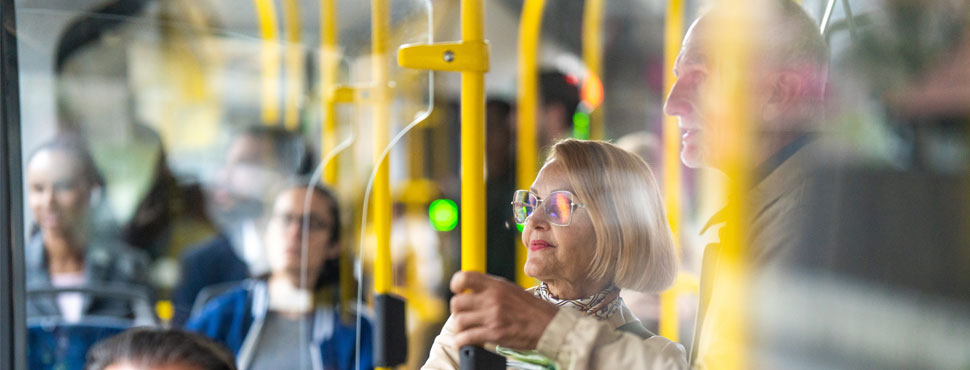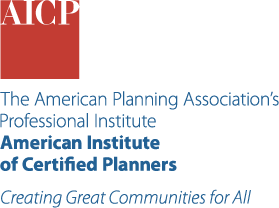Uncovering JAPA
Rethinking Transportation for Aging Communities

Among people aged 65 and older in the United States, more than 10 percent do not have access to a private vehicle. When older adults develop medical conditions that limit their ability to drive, they often face challenges using public transit, walking, or biking.
In "Characteristics of Zero-Vehicle Households Among Older Americans and Their Travel Implications" (Journal of the American Planning Association, Vol. 91, No. 3), Shengxiao (Alex) Li explores how older adults travel and how planners can help them remain healthy and engaged in their communities.
Four Distinct Mobility Profiles
In this study, Li categorized older adults without access to a car into four groups:
- Urban commuters
- Nonrural low-income nondrivers
- Rural unemployed nondriver
- Nonurban moderate transit users
These classifications are based on five proxy variables: residential location, other available transportation options, health constraints, income, and unemployment, which represent the needs, limitations, and life stage characteristics of older adults without vehicles.
More than one-third of individuals without vehicles were rural, unemployed nondrivers. They primarily lived in rural areas and small towns lacking readily available public or private transportation services, and consequently made the fewest trips among all zero-vehicle groups.
The smallest proportion among the four groups, urban commuters, mostly lived in metropolitan areas with rail systems and were healthier than the other groups. This group had more experience using public transit and did not report any travel disadvantages compared with individuals who used private vehicles. Compared with all other groups, urban commuters also engaged in more walking and cycling, though they had fewer shared rides. Li found that nonrural low-income nondrivers faced travel challenges, largely due to relatively poor health and limited income.
DATA Limitations
The National Household Travel Survey data used in this study are cross-sectional, limiting the ability to examine how events, such as retirement or a medical diagnosis, influence decisions like moving in with family or selling a car. The dataset also lacks measurements of wealth and does not indicate whether trips met daily needs.
Creating More Inclusive Mobility Options
These findings suggest a need to provide supplementary transportation services for older adults without vehicles who experience health and income constraints. Doing so could enable them to participate more easily in essential daily activities.
In rural areas and small towns, governments and planners can better support aging communities by offering more affordable and flexible transportation options. These options include intercounty on-demand transit services and volunteer driver programs. Because volunteer drivers typically only receive mileage reimbursement, such programs offer an affordable solution for low-income older adults.
Subsidies for taxi and ride-hailing services can also help older adults participate in community life. These services are especially beneficial in areas where public transit is difficult to provide due to low population density. For example, the City of Gainesville, Florida, partnered with a local elder-care provider to subsidize ride-hailing services for older adults.
Since the pandemic, the San Francisco Municipal Transportation Agency has provided transportation cards to individuals aged 65 and older with medical conditions or disabilities that prevent them from using public transit.
These cards allow users to take taxis for up to three round-trip trips per month, with an 80 percent fare discount for essential trips (e.g., grocery shopping, medical appointments). This approach has the potential to prioritize disadvantaged older adults based on income level, ensuring that the service benefits older low-income nondrivers rather than urban commuters.
Li also suggests the crucial role of increasing built environment density to support out-of-home activities among aging communities. This conclusion reinforces previous research showing that effective strategies to increase older residents' walking and transit use include population density, improved accessibility, and walkability improvements in neighborhoods. Walkable and transit-friendly communities help more older adults benefit from active, car-free lifestyles.
KEY TAKEAWAYS
- Provide additional transportation services and neighborhood designs for older people without vehicles.
- Offer affordable and accessible transportation solutions in rural and suburban areas lacking services.
- Safety support for cars and roads can help older people remain driving longer.
- Land use and design changes to low-density areas can facilitate older people's out-of-home activities.
Top image: Photo by iStock/Getty Images Plus/ vm
ABOUT THE AUTHOR


